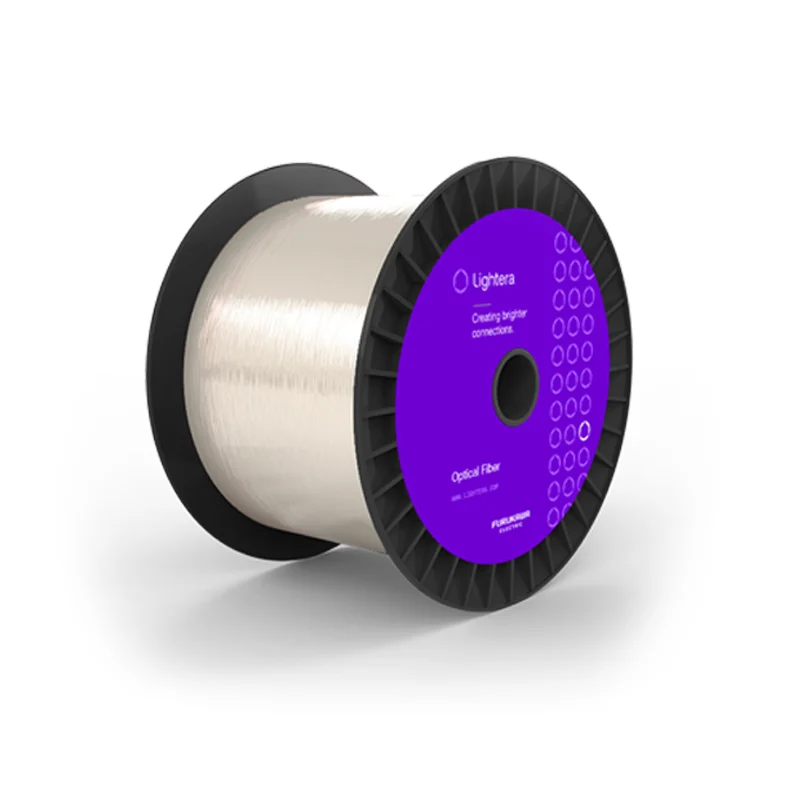HCS® (Hard-Clad Silica) is a polymer coated optical fiber system invented by us in the early years of the optical fiber industry. A proprietary polymer is applied to the pristine surface of pure, fused silica as we draw the glass down to its final, step-index, multimode optical fiber form. We then add additional buffer layers to improve chemical and abrasion resistance. This final step increases the finished diameter to a dimension that is easier for field-technicians to handle.
HCS is optimized for use at the 650 and 850 nm wavelengths which are common in transceivers deployed in many industrial applications. The pure silica core is highly transparent. This makes HCS fiber suitable for use over a very broad range of optical wavelengths and in a variety of applications beyond data communications such as fiber optic sensors, spectroscopy and laser delivery.
HCS optical fiber characteristics:
• High mechanical strength
• Bend insensitivity
• Crimp-on connector capability similar to electrical wires
• Resistance to harsh chemicals commonly found in industry
• Wide operating temperature range
• Superior crush, twist and flex performance
• Long term reliability
• Ease of handling
HCS fibers have a high core-to-clad ratio. By using a very thin cladding layer, light transmitting devices are connected to a large core area that efficiently couples more of the optical energy into and along the fiber. This enables systems designers to take advantage of lower cost transceivers and simplified connectors to minimize overall systems expense.
A distinct advantage of HCS optical fiber is the Lightera Crimp & Cleave termination method. Our durable polymer enables field technicians to connectorize fibers and cables by crimping connectors directly onto the fiber’s cladding and then cleaving the glass fiber. Like electrical connections, reliable handheld tools are used; no power, no epoxies, no polishing. Quick, easy, and durable.
